Intro
Discover the retail store definition, exploring brick-and-mortar shops, e-commerce, and omnichannel retailing, including store formats, merchandising, and customer experience strategies.
The retail industry is a vital part of the global economy, providing goods and services to consumers across the world. At the heart of this industry are retail stores, which serve as the primary interface between consumers and the products they purchase. Retail stores come in various shapes and sizes, ranging from small, family-owned businesses to large, multinational corporations. In this article, we will delve into the world of retail stores, exploring their definition, types, benefits, and the role they play in the modern economy.
Retail stores are establishments that sell goods and services directly to consumers, often in small quantities. These stores can be physical, such as brick-and-mortar locations, or virtual, like e-commerce websites. The primary function of a retail store is to provide a convenient and accessible platform for consumers to purchase products, making it an essential component of the supply chain. Retail stores can specialize in specific product categories, such as clothing, electronics, or home goods, or offer a wide range of products, like department stores.
The retail industry is a significant contributor to the global economy, accounting for a substantial portion of employment opportunities and economic output. Retail stores not only provide jobs for millions of people worldwide but also play a crucial role in shaping consumer behavior and influencing cultural trends. As consumer preferences and shopping habits continue to evolve, retail stores must adapt to stay competitive, incorporating new technologies, marketing strategies, and customer service approaches to remain relevant.
Retail Store Types
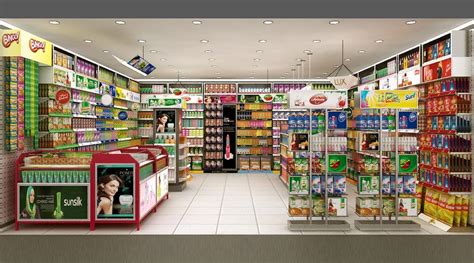
There are several types of retail stores, each catering to specific consumer needs and preferences. Some of the most common types of retail stores include:
- Specialty stores: These stores specialize in specific product categories, such as clothing, electronics, or home goods.
- Department stores: These stores offer a wide range of products, including clothing, cosmetics, and household items.
- Discount stores: These stores offer products at lower prices, often by reducing operational costs and minimizing advertising expenses.
- Convenience stores: These stores provide a limited selection of products, focusing on convenience and quick shopping experiences.
- E-commerce stores: These stores operate online, allowing consumers to purchase products from the comfort of their own homes.
Each type of retail store has its unique characteristics, advantages, and disadvantages. For instance, specialty stores can provide expert advice and personalized service, while department stores offer a one-stop shopping experience. Discount stores and convenience stores prioritize affordability and convenience, respectively, while e-commerce stores focus on accessibility and flexibility.
Retail Store Benefits
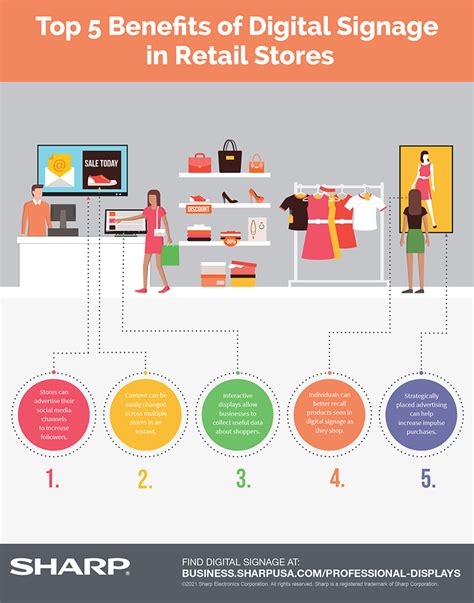
Retail stores offer numerous benefits to consumers, including:
- Convenience: Retail stores provide a convenient platform for consumers to purchase products, often with extended hours of operation and multiple payment options.
- Product variety: Retail stores offer a wide range of products, allowing consumers to compare prices, features, and quality.
- Personalized service: Retail stores can provide personalized service, including advice, recommendations, and after-sales support.
- Community engagement: Retail stores can serve as community hubs, hosting events, workshops, and promotions that foster social connections and local engagement.
- Job creation: Retail stores create employment opportunities, both directly and indirectly, contributing to local economic growth and development.
In addition to these benefits, retail stores also play a crucial role in shaping consumer behavior and influencing cultural trends. By offering new products, services, and experiences, retail stores can create new markets, stimulate innovation, and drive economic growth.
Retail Store Operations
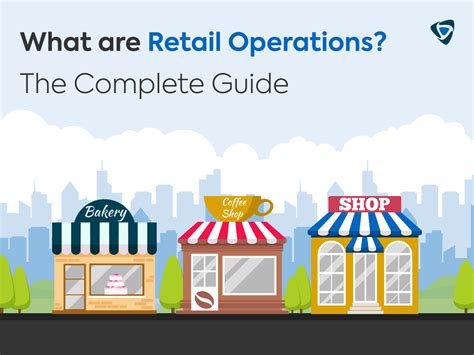
Retail store operations involve a range of activities, including:
- Inventory management: Retail stores must manage their inventory levels, ensuring that products are stocked, stored, and displayed effectively.
- Supply chain management: Retail stores must establish relationships with suppliers, negotiating prices, delivery terms, and product quality.
- Marketing and advertising: Retail stores must promote their products and services, using various marketing channels, such as social media, email marketing, and in-store promotions.
- Customer service: Retail stores must provide excellent customer service, responding to customer inquiries, resolving complaints, and offering after-sales support.
- Financial management: Retail stores must manage their finances, controlling costs, monitoring sales, and maintaining profitability.
Effective retail store operations require a deep understanding of consumer behavior, market trends, and operational efficiency. By streamlining their operations, retail stores can improve customer satisfaction, increase sales, and maintain a competitive edge in the market.
Retail Store Technology
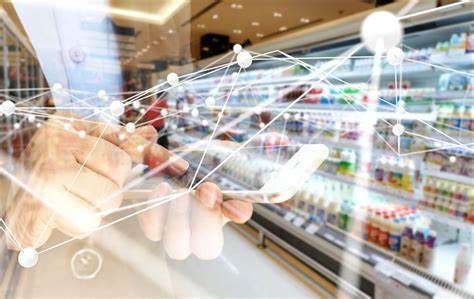
The retail industry has undergone significant technological advancements in recent years, transforming the way retail stores operate and interact with consumers. Some of the key technologies used in retail stores include:
- Point-of-sale (POS) systems: These systems enable retailers to process transactions, manage inventory, and track sales.
- Inventory management software: These systems help retailers manage their inventory levels, monitor stock levels, and optimize replenishment.
- E-commerce platforms: These platforms enable retailers to create online stores, manage product catalogs, and process online transactions.
- Mobile payments: These systems allow consumers to make payments using their mobile devices, enhancing the shopping experience and reducing wait times.
- Artificial intelligence (AI) and machine learning (ML): These technologies enable retailers to analyze customer data, personalize marketing campaigns, and optimize operational efficiency.
The adoption of these technologies has improved the retail shopping experience, enabling consumers to shop anytime, anywhere, and receive personalized service and recommendations.
Retail Store Challenges
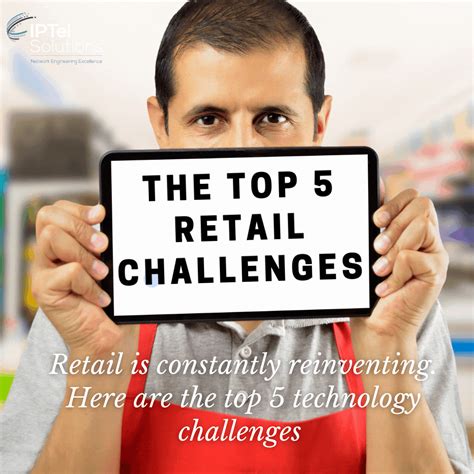
Despite the benefits and opportunities offered by retail stores, the industry faces several challenges, including:
- Competition from e-commerce: The rise of e-commerce has disrupted traditional retail business models, forcing retailers to adapt to changing consumer behavior and shopping habits.
- Changing consumer preferences: Consumers are increasingly seeking personalized experiences, sustainability, and social responsibility, requiring retailers to re-evaluate their strategies and operations.
- Economic uncertainty: Economic downturns, trade wars, and geopolitical instability can impact consumer spending, retail sales, and supply chain operations.
- Talent acquisition and retention: Retailers must attract and retain skilled employees, providing training, development opportunities, and competitive compensation packages.
- Cybersecurity threats: Retailers must protect customer data, prevent cyber attacks, and maintain the integrity of their systems and operations.
To address these challenges, retailers must be agile, innovative, and customer-centric, leveraging technology, data analytics, and strategic partnerships to stay competitive and thrive in a rapidly changing market.
Retail Store Future
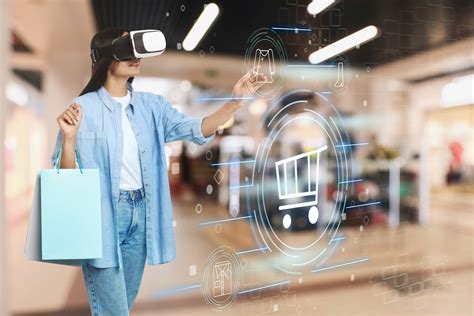
The future of retail stores is exciting and uncertain, with emerging trends and technologies transforming the industry. Some of the key trends shaping the future of retail include:
- Omnichannel retailing: Retailers will need to provide seamless shopping experiences across online and offline channels, integrating their operations, and offering consistent branding and service.
- Sustainability and social responsibility: Consumers will increasingly expect retailers to prioritize sustainability, social responsibility, and environmental stewardship, driving demand for eco-friendly products, packaging, and practices.
- Personalization and customization: Retailers will need to offer personalized experiences, using data analytics, AI, and ML to tailor products, services, and marketing campaigns to individual consumers.
- Experiential retail: Retailers will focus on creating immersive, engaging experiences, incorporating entertainment, education, and community-building activities into their stores.
- Globalization and cross-border trade: Retailers will need to navigate complex global supply chains, trade agreements, and regulatory environments, requiring strategic partnerships, market research, and cultural understanding.
As the retail industry continues to evolve, retailers must stay attuned to changing consumer needs, technological advancements, and market trends, innovating and adapting to remain relevant and competitive.
Gallery of Retail Stores
Retail Store Image Gallery
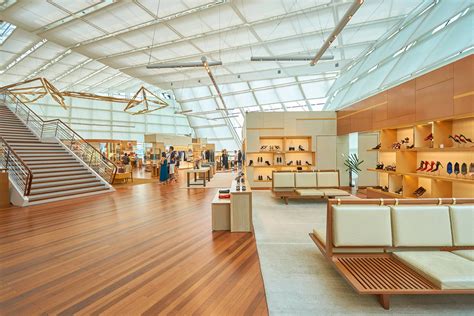
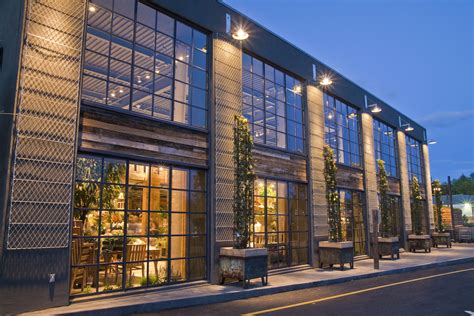

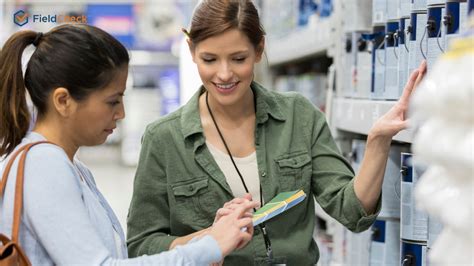
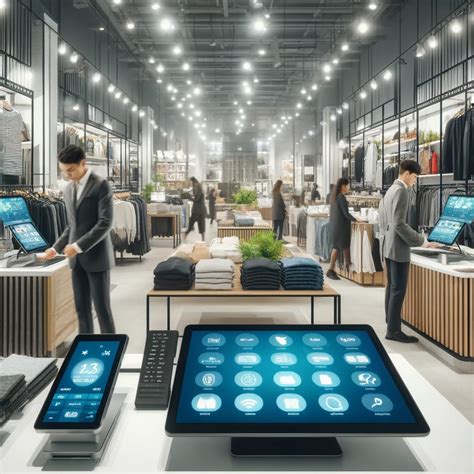
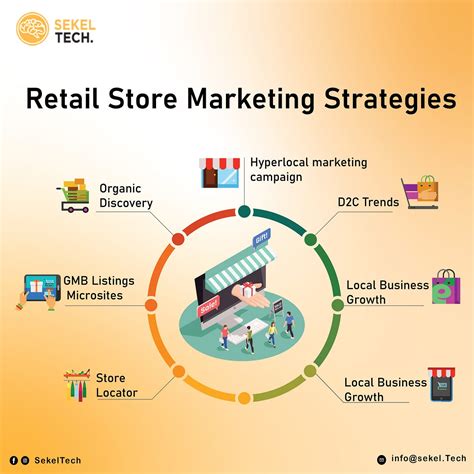
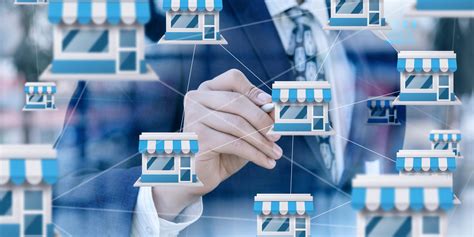
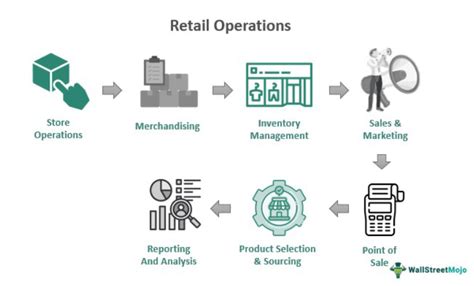
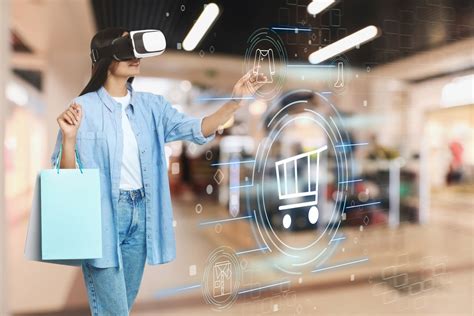
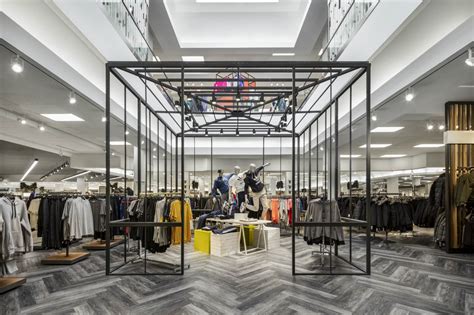
What is the definition of a retail store?
+A retail store is an establishment that sells goods and services directly to consumers, often in small quantities.
What are the different types of retail stores?
+There are several types of retail stores, including specialty stores, department stores, discount stores, convenience stores, and e-commerce stores.
What are the benefits of shopping at retail stores?
+Retail stores offer several benefits, including convenience, product variety, personalized service, community engagement, and job creation.
How are retail stores adapting to changing consumer behavior and technology?
+Retail stores are adapting to changing consumer behavior and technology by leveraging e-commerce platforms, social media, and data analytics to provide personalized experiences, improve operational efficiency, and enhance customer engagement.
What is the future of retail stores?
+The future of retail stores is exciting and uncertain, with emerging trends and technologies transforming the industry. Retailers will need to prioritize sustainability, social responsibility, personalization, and experiential retail to remain competitive and relevant.
In conclusion, retail stores play a vital role in the global economy, providing goods and services to consumers, creating employment opportunities, and driving economic growth. As the retail industry continues to evolve, retailers must stay attuned to changing consumer needs, technological advancements, and market trends, innovating and adapting to remain relevant and competitive. We encourage readers to share their thoughts and experiences with retail stores, and to explore the various types of retail stores and their benefits. By working together, we can create a more sustainable, equitable, and thriving retail industry that benefits consumers, businesses, and communities alike.
